I have spent the last eighteen years of my career working as a presence coach, mostly for leaders in the executive suites of corporate America. More recently my work is mostly one-on-one as a private executive coach. You would think I am saying all this to establish myself as an expert on presence, but I am not. One thing I have learned in all these years is that we are all experts on other people’s presences and how they make us feel.

What I mean is that we ALL have excellent Bulls**t detectors that let us know who is being authentic and therefore trustworthy, and who is not. I am a really good at detecting bulls**t, and so are you. Not because we are special, but because we are the fortunate recipients of thousands of years of evolution. We humans are pack animals, and as such we rely on each other to gain information about the wider environment. Our ancestors who did not respond appropriately and effectively to danger…well…really they are not our ancestors because they died off. Our ancestors took the cues of the other members of their pack and ran when it was appropriate, fought when it was appropriate, froze when neither flight nor fight would provide relief from the threatening danger, and most importantly, for a presence coach to know, our ancestors used the cues given from the other humans voices, bodies, eyes, and facial expressions to know when it was safe to relax and enjoy ourselves.
We are no longer on the wide savannah fighting off saber tooth tigers, but we are in the boardrooms, corporate offices and in front of clients. Here is the rub… we want to be our best, most authentic selves, we want to let our audiences know that it is safe to relax and enjoy themselves in our company. We want to be sending the signals of safety, and yet we are often nervous ourselves, we are eager and hungry and desirous of being chosen. This does not always bring out our best presences.
Our audiences all have excellent bulls**t detectors. So what do we do? Over the last eighteen years I have worked with people to help them gain some control over their physical responses to perceived threat when they are in the company of other people around whom they don’t always feel so safe. (By safe, I mean relaxed and at ease)
There are six major things I have worked on with my presence clients over these years.
1. BREATHING
2. EYE CONTACT: not short or darting, but confident and held just the right amount.
3. VOCAL VARIETY: not talking too fast or having a lack of vocal variety,
4. BODY LANGUAGE: not too much or too little body language (though almost always too little)
5. FACIAL EXPRESSIONS: there are forty-three muscles in the face and at least twenty distinct facial expressions we use to convey our emotions.
6. STILLNESS…oddly enough standing or sitting still in a neutral and open physical position turns out to be quite difficult. Most of us lean out, or stand in postures that are either defensive or diminished.
The very first and most important thing to do to work on improving your presence is to get some feedback. Presence is in the eye of the beholder. Some of this authenticity thing is about learning to SEEM relaxed even when you are not.

